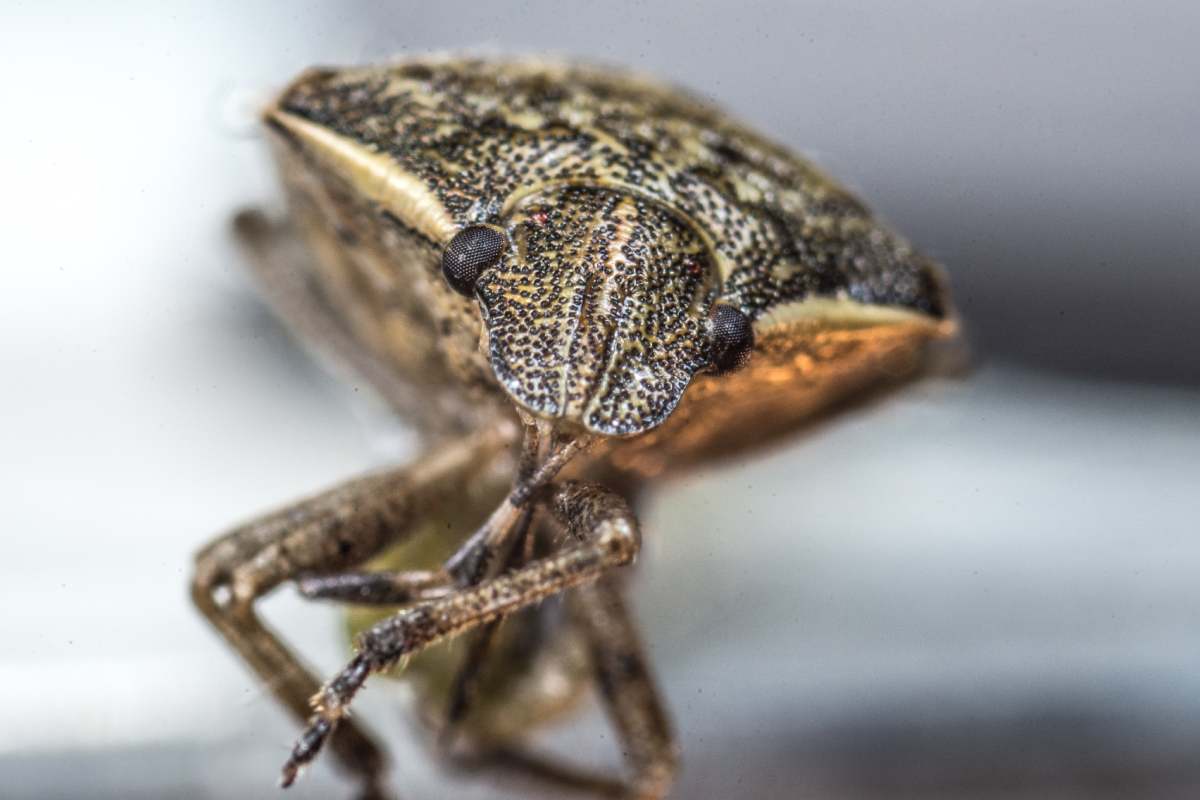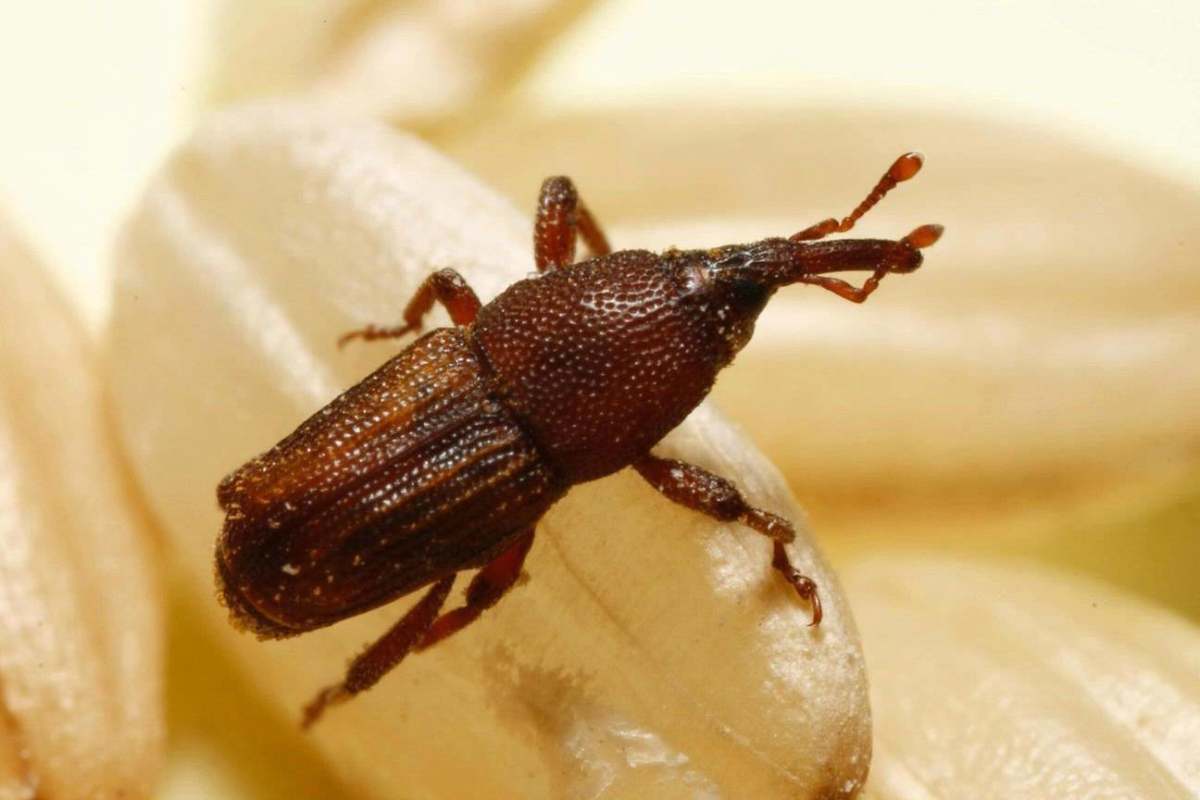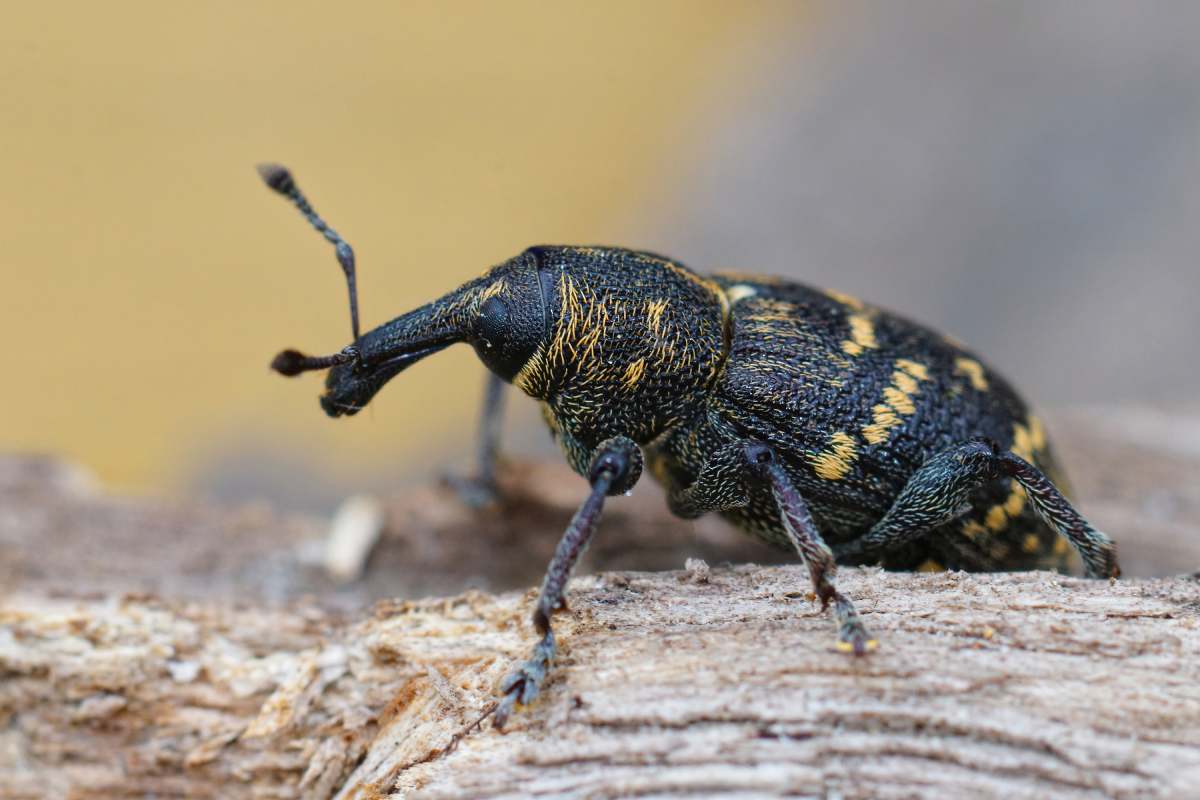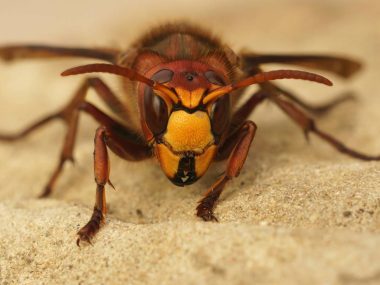Weevils, those tiny yet destructive beetles, are a common and frustrating problem for anyone storing grains, flour, or rice. Despite their small size, weevils can cause significant damage to both crops and stored food products, leading to economic losses and household nuisances.
This article aims to explore what weevils are, why they are problematic, and how they manage to infiltrate even unopened flour bags and closed boxes of rice. Additionally, we will provide detailed strategies for preventing and controlling weevil infestations, ensuring that your food remains safe and weevil-free.
Related article:
- Dealing with Wasp Nests: What You Should Know?
- What is an Australian hornet? Are they harmful to humans and the ecosystem? How to get rid of Australian hornet?
What is a Weevil?
Weevils are a type of beetle belonging to the superfamily Curculionoidea. With over 60,000 species, they are one of the most diverse groups of beetles. These small insects are characterized by their long snouts, which they use to bore into plants and seeds. Weevils vary in size and colour but are typically less than 6 millimetres long and can be brown, black, or reddish.
Why are Weevils a Problem?
Weevils are notorious pests, particularly in agriculture. They can cause significant damage to crops, stored food products, and even ornamental plants. Here are some of the primary reasons why weevils are considered a problem:
1. Crop Damage
Many weevil species target crops, leading to reduced yields and economic losses. For example, the boll weevil attacks cotton plants, burrowing into the cotton bolls and destroying the fibres inside. Similarly, the rice weevil targets stored grains, eating away at rice, wheat, and other cereals. This can lead to a significant reduction in the quantity and quality of the harvest.
2. Infestation of Stored Products
Weevils are well-known for infesting stored food products. They can be found in pantries, warehouses, and anywhere food is stored. Common targets include grains, nuts, seeds, and dried fruits. Once an infestation occurs, it can be challenging to control, as weevils can reproduce rapidly and spread throughout storage areas. Contaminated food is not only unsightly but also unsafe for consumption, leading to wastage and increased costs for both consumers and producers.
3. Economic Impact
The economic impact of weevil infestations can be substantial. Farmers may lose entire crops, leading to financial hardship. Additionally, controlling weevil populations requires resources such as pesticides, traps, and increased labour. The cost of managing infestations and the loss of agricultural products can drive up prices for consumers and strain food supply chains.
4. Damage to Ornamental Plants
While agricultural damage is a significant concern, weevils also pose a threat to ornamental plants. They can attack a wide range of plants, including flowers, shrubs, and trees. This can result in unsightly damage, reduced plant health, and even the death of affected plants. For homeowners and landscapers, this means increased maintenance costs and the potential loss of valuable and aesthetically pleasing plants.

How Do Weevils Get in Unopened Flour or Closed Boxes of Rice?
Weevils can be a persistent problem, and their ability to infiltrate unopened flour bags or closed boxes of rice is surprising to many. Here’s an in-depth look at how weevils manage to get into these seemingly secure containers:
1. Infestation at the Source
- Harvesting and Processing: Weevils can infest grains at any point from the field to the packaging facility. If the grains are not thoroughly cleaned and treated, weevils and their eggs can be packaged along with the product.
- Storage Facilities: Large storage silos and warehouses can be breeding grounds for weevils if proper pest control measures are not in place. Infestations can start here and be transferred into packaging.
2. Packaging and Transportation
- Packaging Material: Some packaging materials are not completely weevil-proof. Weevils are tiny and can sometimes chew through thin plastic, cardboard, or paper packaging. Even small holes or weak seals can allow weevils to enter.
- Egg Laying: Female weevils can lay eggs in grains before they are processed and packaged. These eggs are often microscopic and can go unnoticed. Once the eggs hatch, the larvae can feed on the grains inside the sealed packages.
3. Environmental Factors
- Temperature and Humidity: Weevils thrive in warm, humid environments. If packaged grains are stored in such conditions, the weevils inside the packages can multiply quickly.
- Cross-Contamination: If you have an existing weevil infestation in your pantry, weevils can spread from one product to another. They can find their way into new packages through tiny gaps or openings.
4. Weak Seals and Packaging Defects
- Manufacturing Defects: Sometimes, packaging might have small defects or weak seals that are not visible to the naked eye. These defects can provide entry points for weevils.
- Handling Damage: During transportation and handling, packages can be damaged, creating small openings through which weevils can enter.
Preventive Measures
To minimize the risk of weevil infestations in your pantry, consider the following preventive measures:
- Buy in Smaller Quantities: Purchase grains and flour in smaller quantities that you can use within a short period. This reduces the chances of long-term storage, which can attract weevils.
- Inspect Packaging: Before purchasing, inspect the packaging for any signs of damage or tampering. Avoid packages with holes, tears, or weak seals.
- Store in Airtight Containers: Transfer grains and flour to airtight containers immediately after purchase. Glass, metal, or heavy-duty plastic containers with secure lids are ideal. These containers provide an extra layer of protection against weevils.
- Freeze New Purchases: To kill any weevils or eggs that might be present, freeze newly purchased grains and flour for at least four days before transferring them to storage containers.
- Maintain Cleanliness: Keep your pantry and storage areas clean and dry. Regularly clean shelves and containers to remove any potential food sources for weevils.
- Use Natural Repellents: Placing bay leaves, cloves, or silica gel packets in storage containers and pantry shelves can help deter weevils.
- Rotate Stock: Practice the “first in, first out” method to ensure older products are used before newer ones. This helps prevent long-term storage, which can attract weevils.
- Regular Inspection: Regularly inspect stored grains and flour for signs of weevils. Early detection can help prevent a small problem from becoming a full-blown infestation.








